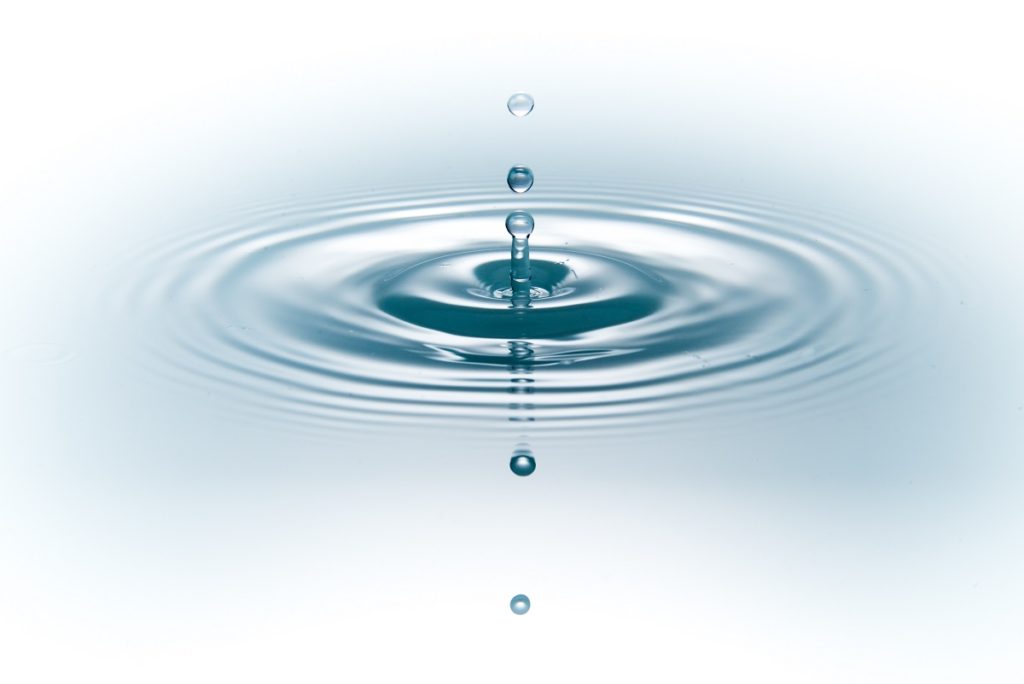The phrase “water is life” is not an exaggeration. Water is a basic component of all human beings. While more than 70% of the earth’s surface is covered by water, we have a scarcity of fresh or potable water. Since we use this resource every day, we might find ourselves running out of it if we don’t conserve it.
There are many methods to save water and everyone should be involved. There are some houses that are already using water recycling measures, such as installing pipes and storage bins in order to tap rainwater as a possible resource. We need to apply these and similar ingenious solutions for all industries and households.
The Restaurant Industry
For restaurants, the situation is even more challenging because they cannot scrimp on sanitation or give customers the impression that they are shortchanging the customers. The food and service industry is very competitive and if customers have any doubts about the quality of service, the cleanliness of the facility, and how the restaurant values their patrons, other alternatives are easy to find.
That said, any measures to reduce water consumption should be done subtly or presented to the customers in ways that they could clearly understand. Aside from presenting the big picture, the branding of your restaurant should be consistent to show sincerity on the concern for worldwide environmental issues.
Restaurants can replace their cleaning and maintenance equipment with those that use less water. This will ensure that sanitation standards are still maintained, but water consumption and costs are reduced.
1. The Low-Flow Pre-Rinse Spray Nozzle
It is a common practice for restaurants to rinse the dishes before placing them on the actual dishwasher. This is to remove any food remnants and other elements that could get in the way of the washing process.
Since this is simply to get the plates ready and not the actual washing itself, it is probably better to use a lower flow. The old spray valves can use up to five gallons per minute (GPM). If you switch to newer, high-performance nozzles, they can be reduced to 0.65 GPM. That’s over four gallons of water saved.
This method also cuts down on energy cost since restaurants also use hot water for their pre-rinse. It lessens the amount of water that they need to heat. The integrity of the dishwashing process is not compromised.
2. Repair Leaky or Clogged Faucets

If a faucet has a leak, it can waste much water over time. Even if it’s only one drop per second, when you factor in all the idle time in a full 24-hour period, that could already amount to more than 5 gallons per day. Imagine how much it would waste in a month. It is better to fix the loose gasket or replace the faucet. That would save money and avoid wasting water.
3. Use Aerators for Handwash Areas
We cannot compromise sanitation, so handwashing should always be encouraged. What a restaurant can do is use aerators on faucets in the handwashing area to reduce the flow. It is difficult to place a number on how many times restaurant employees wash their hands, and this is the right business practice, but you can reduce the water consumption.
4. Upgrade the Dishwashers
Aside from replacing the pre-rinse nozzles, it may be time to upgrade your old dishwashers with new models with higher energy efficiency ratings. With the countless wash cycles that a restaurant has, this is already a necessity.
With reduced water costs, the restaurant can still maintain the quality of service and even keep the prices competitive with the money they saved. Oftentimes, any measure used to save the environment also end up saving money in the long run.

